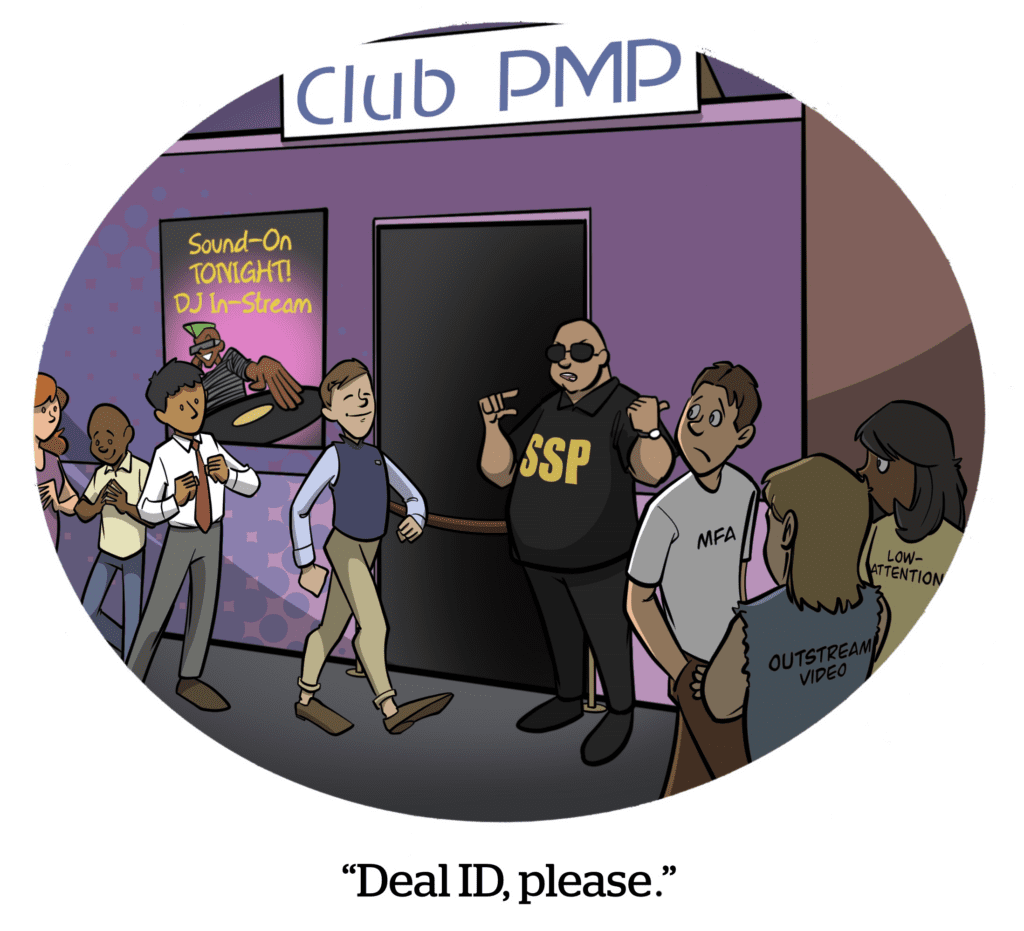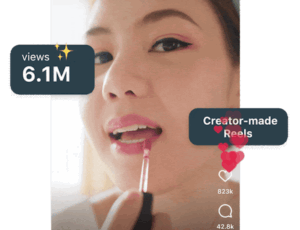Amazon is getting serious about streaming audio. Or, to be more specific, it’s getting Sirius.
On Tuesday, Amazon DSP announced an expanded integration with satellite radio company SiriusXM.
The relationship will enable more programmatic capabilities, including for advertisers that want to use programmatic guaranteed deals and private marketplaces to transact on SiriusXM inventory. The integration also greatly expands the audio footprint of Amazon’s AI-based ad products.
Hear to shop
What’s new here isn’t inventory access or what types of ad formats are available.
Amazon has had an integration with SiriusXM for years that allows its DSP to target Sirius supply.
But now, advertisers using Amazon’s DSP will have better targeting options and improved analytics.
Meredith Goldman, director of the Amazon DSP product, told AdExchanger that this helps Amazon DSP to be recognized as a “full-funnel DSP that allows all of our buyers to find their consumers wherever they are in their journey.”
Previously, an advertiser could choose to target SiriusXM’s streaming music portfolio, which includes Pandora, but it would be campaign-specific and usually exclusive to streaming audio supply. Now, those campaigns can be mixed into larger omnichannel campaigns.
Also new is that SiriusXM is now uploading its first-party data to Amazon’s publisher cloud suite, Goldman said. From there, it’s much easier to attribute streaming listeners to eventual Amazon sales, which is a sweetener to access this inventory via Amazon DSP versus another platform, she added.
The new Sirius partnership also extends Amazon’s AI-based product, called Performance Plus, to this large outside pool of audio supply. Amazon has owned-and-operated streaming audio and podcasting ads of its own, including Amazon Music and Kindle.
AdExchanger Daily
Get our editors’ roundup delivered to your inbox every weekday.
Daily Roundup
Sirius brings “a missing component” to Amazon DSP’s omnichannel campaigns, Goldman said.
Advertisers don’t just want to run a sponsored listing ad for shoppers at the point of purchase, she said. They want to incorporate upper-funnel placements and their larger marketing plans. Sirius’ streaming audio can reach users in very particular and captive environments, such as when they’re sitting in their car during a commute or listening to music at home.
Plus, Goldman said, many audio partners like Sirius and Pandora are adding video ads to their inventory. Although streaming audio is a marginal percentage of most omnichannel DSP spend today, it’s a fast-growing category, she said, and one that actually works better in combination with other channels.
The Sirius side
For SiriusXM, the Amazon partnership is an important bridge to help make audio a default part of an omnichannel campaign, said Sherene Hilal, its chief advertising product officer.
While streaming audio and podcasting represents around 25% of media consumed, it’s only a single-digit percent of DSP marketing budgets, according to Hilal. To earn a larger share and right-size investment so it matches the amount of attention that audio commands, audio budgets must fit into a “broader digital buy” and attribution framework, she said.
“We can’t get away with just acquisition numbers anymore,” she said. “There has to be retention, there has to be purchase frequency – and that’s the type of measurement we’re committed to providing.”
If SiriusXM wants to prove its value as an upper-funnel channel that drives sales, Amazon is a logical partner to make that attribution clear.
“Digital [advertising] is so established, and how spend gets allocated is scrutinized at the CFO level,” Hilal said. And although “audio really isn’t there yet,” she added, streaming music and podcasts just need a chance to prove their worth.














